Homes are wired with different types of wire like basic wire, Cable wire, Telephone wire, TV wire and accessories & home networking wires. Each type of wiring has its specific use to house the load and conditions it is exposed to. For commercial and outdoor purposes, wiring id very different and mainly heavy duty wires.
Wires – Wires are copper or tinned copper, the most common conductor in home wiring with minimum resistance that come for reasonable cost. Wires are usually grouped by gauge number ranging from 00-40. Smaller the number thicker is the wire. For residential/ home, wire gauge ranging from 10 to 20 are used.
Cable Wire – Cable denotes a collection of 2 or more strands of wire. Cable have basically 3 wire running- phase, neutral and a grounding wire. Cables are categorized according to the number of wires running through it and its size/gauge.
Telephone wire – This type of wires are used for low voltage control especially for communication and alarm purpose. Braided, twisted and plastic-jacketed are most common type of thermostat wiring. Twisted cable wiring has no outer braid and is used for doorbells, burglar alarms and telephone systems.
TV wire – Television lead-in wire connects the receiving set to the antenna that is installed on society roof. Good quality 300-ohm wire is used for both VHF and UHF receivers.
Home networking and Modem wires – home networking wires include connecting multiple computers, audio systems, etc. The networking hub is a device where wiring from different locations come together to meet.
Multi strand wires – Multi strand wires is predominantly in homes these days. Multi stand wire is a collection of number of small gauge/size wires wrapped together to form a big a large conductor i.e. a multi stranded wire. There are different sizes available in multi stranded wire starting from 1 sq. meter, 1.5 sq. meter, 2.5 sq. meter and 4 sq. meter. Multi stranded wire is more flexible and long lasting than 1 solid wire of same size. This 1 big fat wire was used in olden days but is banned now. A building/home owner having 1 big fat wiring done could be caught for using it, it’s that illegal. You could possible happen to see it in slum areas but nowhere else. This 1 wire was banned because it was not safe to use and as it was not flexible it would easily get cut when bent. Whereas multi-stranded wire is a better conductor and much flexible than solid wire
(Updated on 11-Feb-2023 by Nitin, founder of Contractorbhai.com)
Here is rough list of all electrical points that are required in each room…
Living Room
Near Television – at least 5 sockets/ Points of 6 amp. One for TV, one for Digital Cable box, one for charging phones & others extra.
Near Entrance
– 4 Light points near entrance, two fan points, Entrance light, spot light, doorbell.
16amp point switch for Air conditioner
Point for Video door phone
Bedroom
6 amp Two way light 1 point.
Night lamp
Fan point
Dressing table light & socket for dryer etc..
Study Table with 2 Points.
Two sockets next to side tables near bed
16 amp AC Point switch
Kitchen
6 amp light switch
Fan switch
Exhaust Fan switch
Two sockets near Platform for mixture etc..
Two extra Points for appliances
Water Purifier Point
16 amp Point.
Points for Fridge, Chimney, Microwave
Dinning Area
Lights, Fan, 2 extra sockets, hanging light, AC Point
Passage
6 amp two lights points. Bathroom . basin area, passage light.
Two sockets.
Bathroom
2 Lights Point
Socket for any appliance.
Exhaust fan point
16 amp Geyser Point
Light near the WC area.
Mirror light
Many also combine Light & exhaust fan in to one switch.
Many homeowners keep small wall mounted fan inside Bathroom.
Utility Area
Light point
2 sockets extra
16 amp point for washing machine
Balcony
Light point
Extra socket
MCB Board – Fuse & Circuit breaker switches console near entrance or Passage area
Light & Fan switch in Living room & bedroom can be Two switch
Depending upon electrical voltage fluctuation, you may or may not require an inverter.
Some of the appliances like Geysers, Air Condition etc.. depending upon specifications, may require direct wiring up to MCB board. Your electrician should plan this in advance. Low or incorrect voltage may cause tripping of switch inside MCB console.
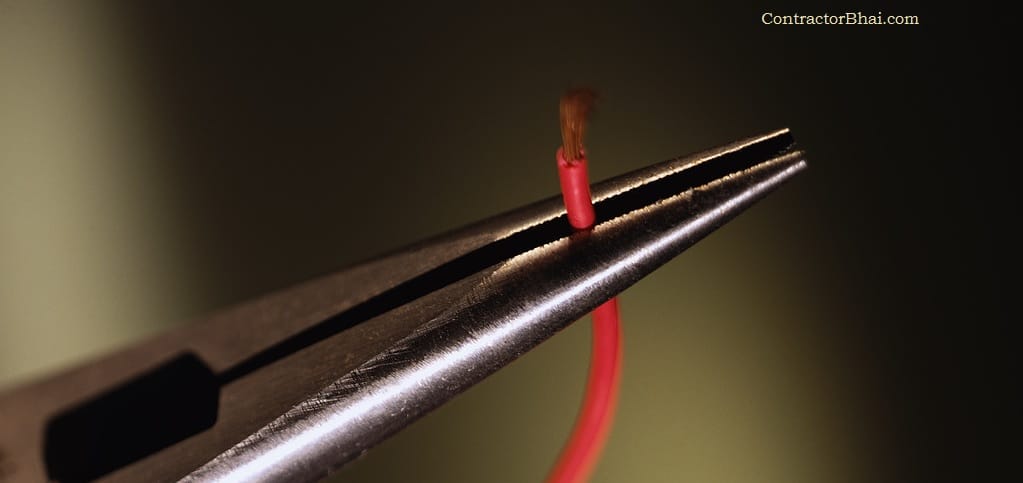
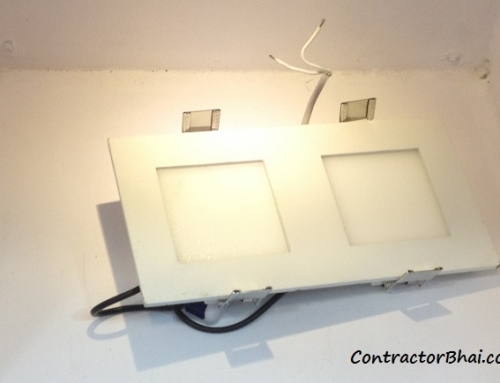
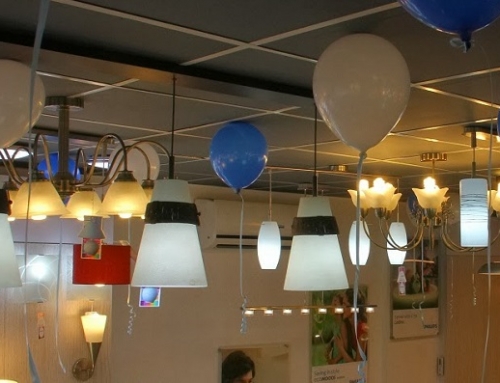
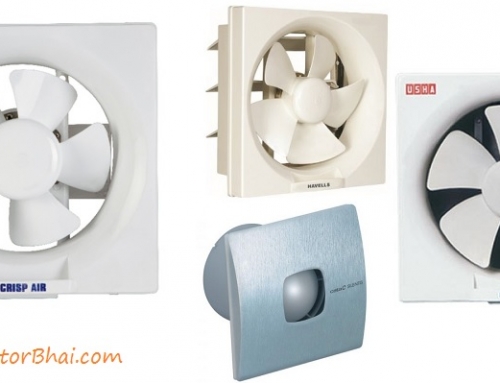
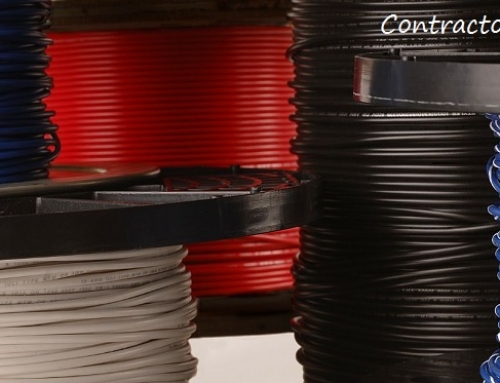
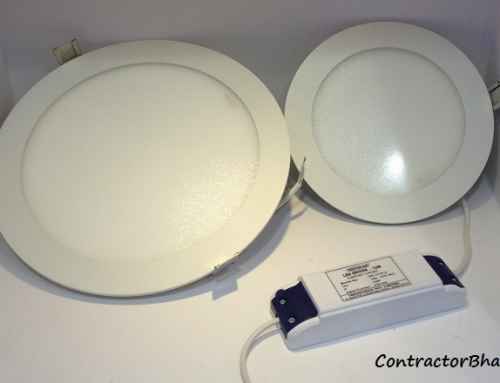
We at Polycab India Limited, provide you with the best wires and cables for home, industries and other businesses,